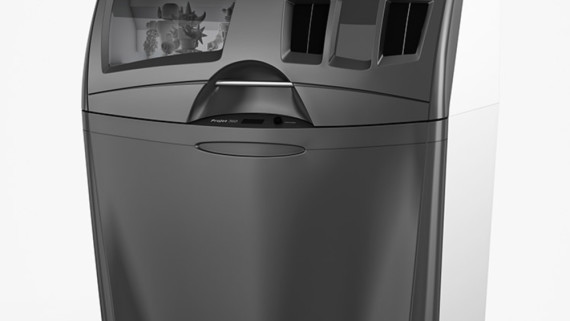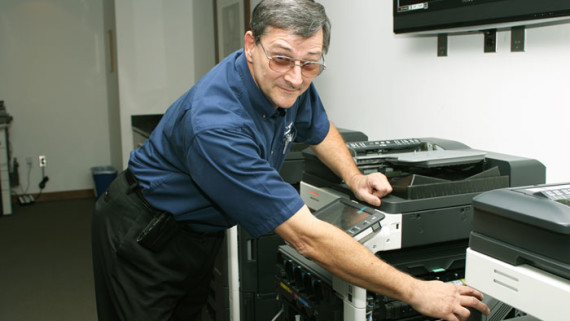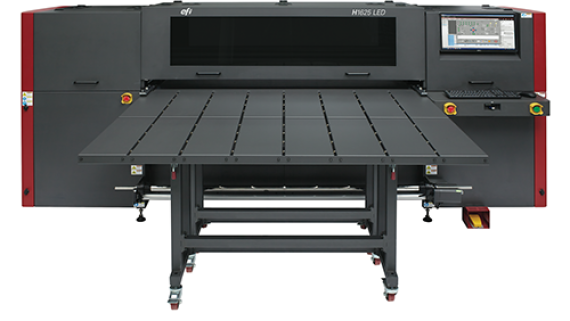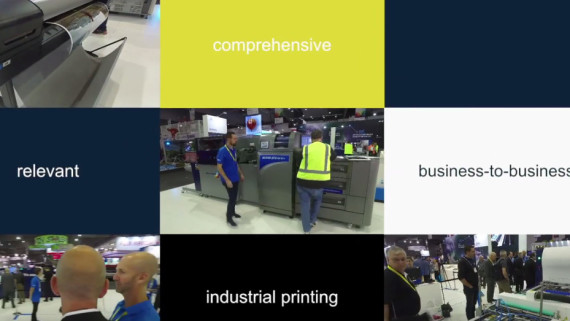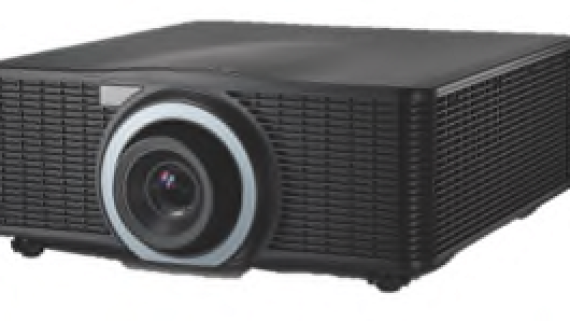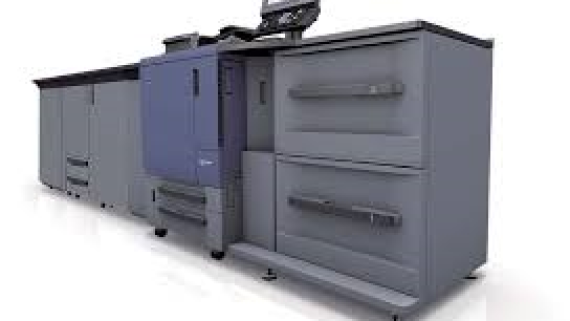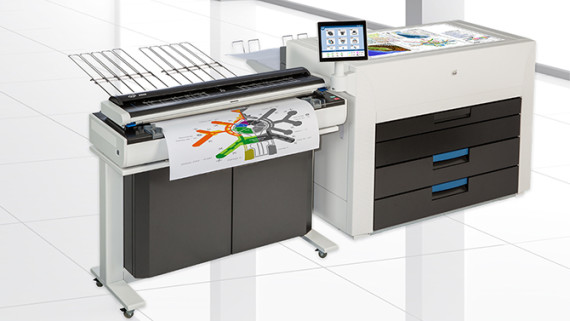There used to be a major distinction between printers and copy machines, but today, most office-focused printers are digital and multifunctional. They can scan, copy, print, fax, download and email. Most can be owned or leased. Some advanced models can also store account codes, make duplex copies, full-bleed print, sort, staple, make three-hole punches and print transparencies. Still others also offer features that can cut costs and improve productivity. Those include wireless connectivity, image editing, security features such as biometric authentication, and energy savings.
The sheer variety of copiers on the market can make shopping a daunting task. This guide will help you choose a copy machine by outlining the different types of copiers available, describing the key features to consider and outlining the major players in the business copier industry.
Types of printers
The first question you should answer is whether you want a monochrome or color printer. Once that‘s established, you can start to consider the configuration you want. The design you choose should be based on your budget, needs and amount of space.
Small/home office
Copiers designed for small offices and home offices are typically desktop size to conserve space. Designs like these can be purchased for as low as $50, but we recommend spending in the $300 to $700 range. Very low-priced desktop copiers are intended for occasional individual use and will not meet the needs of most small business owners.
Office
Office copiers are often large tabletop size or freestanding and are built to suit the needs of multi-person offices. Printers like these can typically be networked and usually include lots of printing, scanning and faxing capabilities as well as the option to print on different paper sizes. Office printers start at around $1,200, but higher–end office machines can run as high as $5,000 or more.
Production
If your business requires high–volume printing, professional–grade graphics and advanced document-finishing options, you may need a production printer. Production printers offer high resolutions, ranging from 2400 x 1200 dpi for color copies to 9600 x 600 dpi interpolated with 8-bit color depth for black–and–white prints. Production printers vary greatly in cost depending on specific features, but entry–level production machines typically start around $7,000 and go well above $25,000 for specialty models.
Features to compare
When you‘re comparing different copier models, it‘s important to look at the features that matter most.
Print speed and volume
Print speed is one of the most crucial specs to look at when you choose a copier. Print speed is often listed on spec sheets as “ppm“ for pages per minute. We recommend a minimum of 27 ppm for microbusinesses and around 52 ppm for small businesses with average printing needs.
Paper capacity
Often listed on spec sheets as “tray“ or “cassette,” you‘ll find the paper capacity of each printer as well as the sizes of paper the machine can print on. Make sure the capacity and available sizes meet your needs.
Scanning
Nearly all office printers have scanners built in, but not every machine has an automatic document feeder or duplex scanning abilities. Document feeders on scanners are a must if you plan on scanning a large volume of documents. The duplex feature is essential for double–sided scanning. You may also want to check the optical resolution of the copier‘s scanner if you intend on scanning images as well as word documents. For basic document scanning, 600 pixels is good enough, but for graphics, you‘ll want at least 4800 pixels.
Graphics
Production printers have very different graphics specs from office printers. On production printers, a resolution of 2400 x 2400 dpi is standard, and color management is essential. Office printers that are used primarily for printing word documents have much lower dpi. If you‘re not sure what level of graphics you need, reach out to a rep from a copier company and discuss what you‘ll be using the printer for; they should be able to recommend a model that suits your needs and budget.
Ink and toner
It‘s advisable to consider how much toner or ink will cost you over the operational lifespan of the copier you buy or lease. Before you choose a specific machine, make sure you know how many pages you can expect to get out of each cartridge or batch, and how much replacements cost. Also, look at the possibility of using third-party ink refills.
Memory
Most digital copiers have some type of internal memory that allows them to retain substantial numbers of documents and scans. An internal drive is similar to any other computer hard drive. Depending on the size of the machine, the RAM ranges from 256MB to 1.5GB, and the capacity can vary from 1.5GB to 1TB of storage space.
Buy vs. lease
Most of the companies we considered offer copier sales as well as leasing options. This is a big question for many business owners, and one that is not quickly answered. Both methods come with all sorts of pros and cons, including tax incentives, maintenance issues, depreciation and costs. If you‘re not sure whether leasing or buying is right for your business, check out this buy vs. lease guide on our sister site, Tom‘s IT Pro.
Maintenance and service agreements
The average digital copier service agreement encompasses toner, drums, and all parts, maintenance and repairs. These are designed to free up office staff and employees from worrying about toner levels and the long-term performance of the machine. Rollers, cleaning blades and other parts that break or wear out over time are typically covered. Unfortunately, “parts“ has a unique definition to each dealer, so make sure you have a complete list of parts that are covered before you buy.
Reputable copier companies
Konica Minolta – Konica Minolta offers a full range of copiers. It’s best known for its multifunction office systems and large print-production models, which are known for their ability to handle high print volumes. High-end models are capable of outputs up to 105 ppm, with most midrange models offering 30 to 60 ppm.
Article By:
http://www.businessnewsdaily.com/7898-choosing-a-digital-copier.html
Image Source: www.konicaminolta.com

